Exfoliation is a key step in achieving brighter and healthier-looking skin. By removing dead skin cells, you’re not only refreshing your skin but also allowing other skincare products to work more effectively. Here’s a guide to help you understand how to exfoliate your face and skin for optimal results.
What is Exfoliation?
Exfoliation is the process of removing dead skin cells from the surface of your skin. Regular exfoliation can help with a range of skin concerns, from dullness to uneven texture. It can even help make your skin look more radiant by promoting a fresh, healthy glow. There are two main types of exfoliation: physical and chemical. Knowing which to choose, and how often to exfoliate, can help you achieve the best results safely.
Why Exfoliate Your Face and Skin?
Your skin naturally sheds dead skin cells, but as we age, this process slows down. Exfoliating helps keep your skin looking smooth and radiant by clearing away buildup that can clog pores and contribute to dullness. If you’re wondering how to exfoliate your face or how to exfoliate your skin overall, it’s essential to choose the right products and methods for your skin type.
Benefits of Exfoliation
- Removes dead skin cells
- Promotes a smoother-looking texture
- Helps enhance absorption of skincare products
- Encourages a more even-looking skin tone
Types of Exfoliation: Physical vs. Chemical
Both physical and chemical exfoliation offer distinct benefits. Depending on your skin type and concerns, one method may be better suited to you than the other.
How to Exfoliate Your Face Safely
Learning how to exfoliate your face safely is key to avoiding irritation. Here are some steps to ensure you’re exfoliating effectively without harming your skin barrier.
- Start with Clean Skin
- Choose the Right Exfoliator
- Apply the Exfoliator Gently
- Follow with Moisturizer
Always start with a clean face. Wash your face with a gentle cleanser to remove dirt, oil, and makeup, setting the stage for exfoliation.
For physical exfoliants, go for gentle, fine particles to avoid micro-tears in the skin. For chemical exfoliants, start with a low concentration and gradually increase as your skin builds tolerance. Products like Obagi’s exfoliating serums or cleansers with AHAs or BHAs are good options for a chemical exfoliant that works well on most skin types.
Use a light touch. For physical exfoliation, gently massage the scrub in circular motions for 30 seconds to a minute. For chemical exfoliants, follow the application instructions on the product, as each formulation varies.
After exfoliating, apply a hydrating moisturizer to replenish moisture and support your skin barrier. Obagi’s moisturizers are formulated to help deliver hydration without clogging pores, a perfect match for freshly exfoliated skin.
How Often Should You Exfoliate?
Exfoliation frequency varies by skin type and exfoliant type. Generally, exfoliating 1-3 times per week is sufficient. Over-exfoliating can lead to sensitivity and irritation, so it’s essential to listen to your skin and adjust your routine accordingly.
Exfoliation Tips for Different Skin Types
Not all skin types respond the same way to exfoliation. Here are some tips for how to exfoliate your face based on skin type:
When to See a Dermatologist
If you’re dealing with skin conditions like acne, eczema, or rosacea, consult a dermatologist before adding exfoliation to your routine. They can recommend treatments, products, or techniques that suit your specific needs and help you avoid irritation.
Conclusion: Making Exfoliation a Healthy Part of Your Routine
Learning how to exfoliate your skin effectively can transform your skincare routine. By understanding the benefits, choosing the right products, and using them correctly, you can reveal a brighter and smoother-looking complexion. Remember, exfoliation should enhance your skin’s health, so go slow, listen to your skin, and enjoy the results.
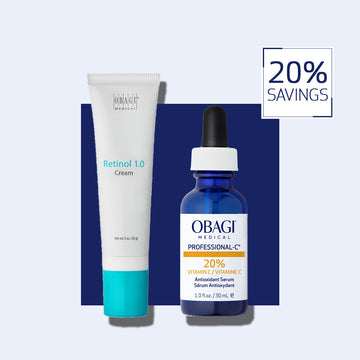




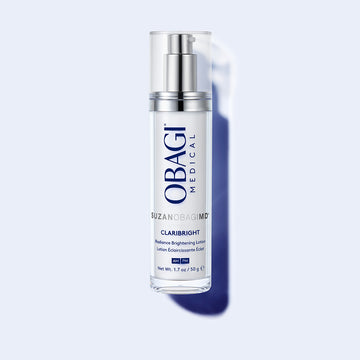
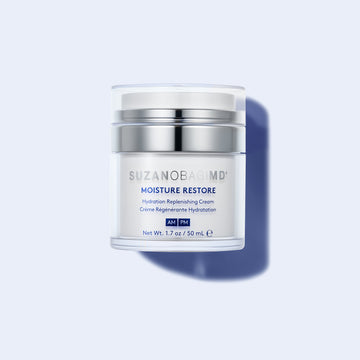
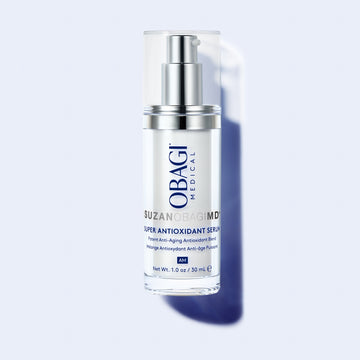

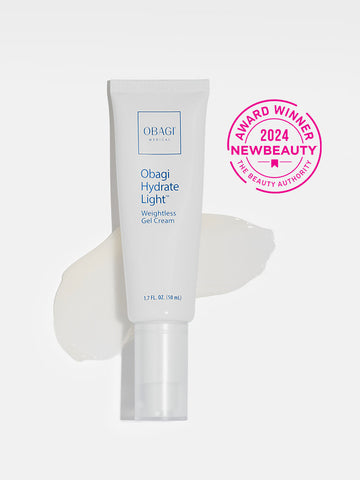
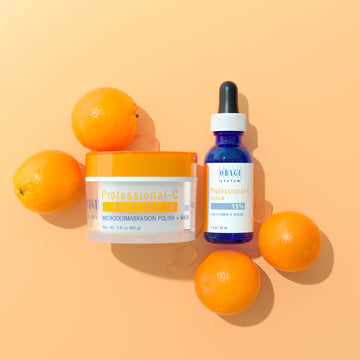



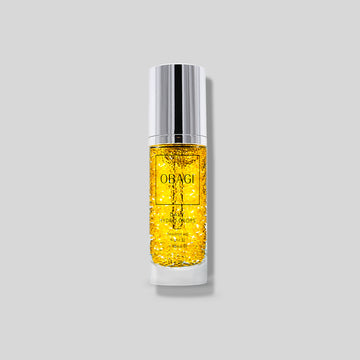
![ELASTIderm® Facial Serum 30ml [EXP: 05/26]](http://www.obagi.sg/cdn/shop/files/2022Q4WEBSHOOT_ELASTIderm_FacialSerum_PDPhero_1260x1260_72dpi_360x.jpg?v=1716417997)
![Nu-Cil™ Eyelash Enhancing Serum 3ml [EXP: 05/26]](http://www.obagi.sg/cdn/shop/files/2023Q2WEBSHOOT_NuCil_Lash_PDPhero_1260X1260_72dpi_1_360x.jpg?v=1716417922)
